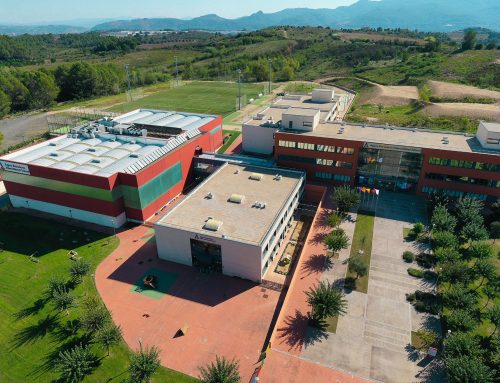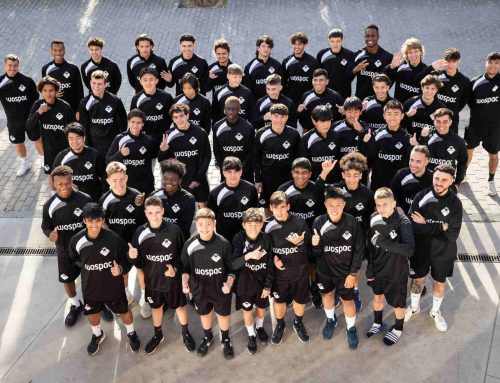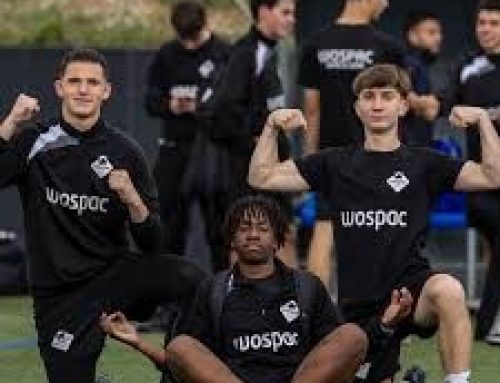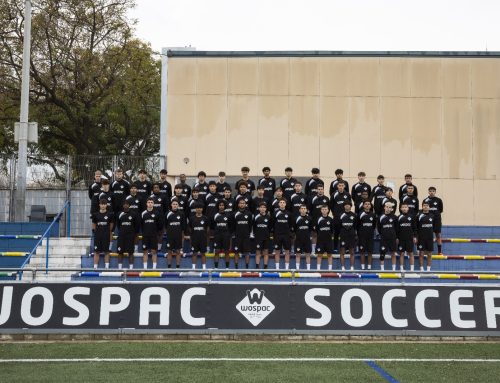THE RELATIONSHIP WITH THE COACH

From the youngest to the first team, the relationship between the coach and the players is asymmetrical.
players is asymmetrical. It is based on a role difference (similar to that of teacher-pupil) that also develops the relative status.
student) that also develops the relative status.
By definition, the coach has the duty to lead, to teach, to decide, to select… and this, therefore, implies the management of the players.
Consequently, it implies the management of some ”powers of influence” that are functional for the management of the processes of technical and behavioral training of the athlete and the development of the group-team.
We can describe in brief the following forms of ”power of influence” that each coach applies, consciously or unconsciously, within the scope of his own role:
The power of guidance (the coach guides the player who follows his directions).
The power of example (the coach sets an example with his behaviors and the player identifies with him).
player identifies with him).
The power of competence (the coach has precious competences for the player).
The power of judgment (the coach assesses the quality, performance and behaviors of the player).
The power of reward (the coach with his choices can reward the player).
The power of deprivation (the coach with his decisions can frustrate the player).
These complex dynamics of influence, which, if well managed, reinforce the authority of the coach towards the players, as well as being
authority towards the players, as well as being inescapable, put the athletes in a relatively subordinate and subtly dependent position subordinated and subtly dependent on the coach.

All of this is in favor of the correct training of the athletes.




